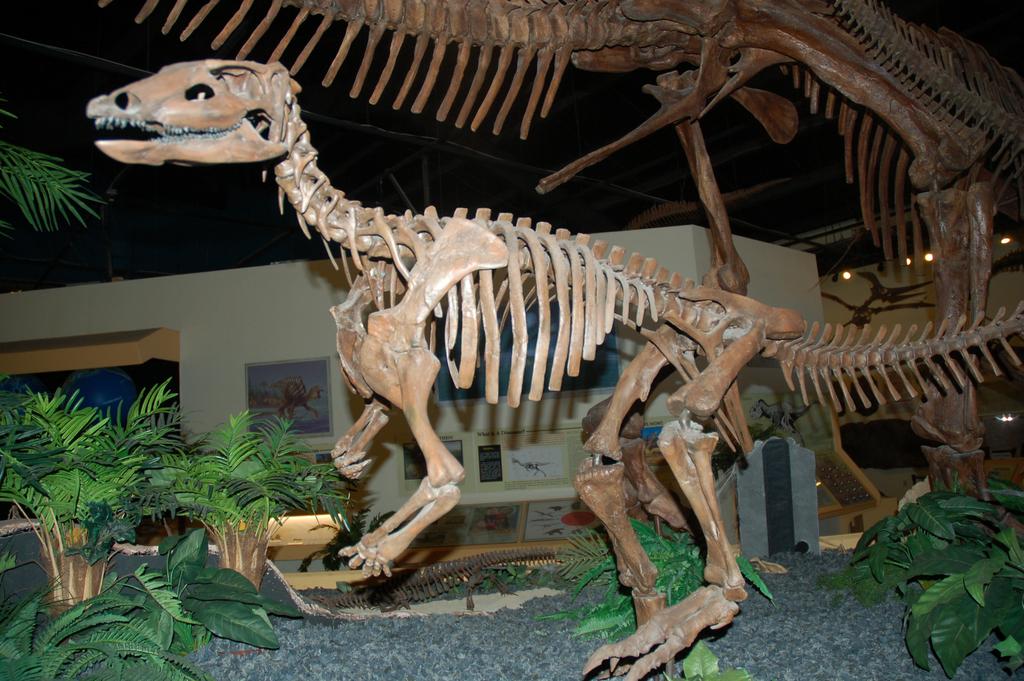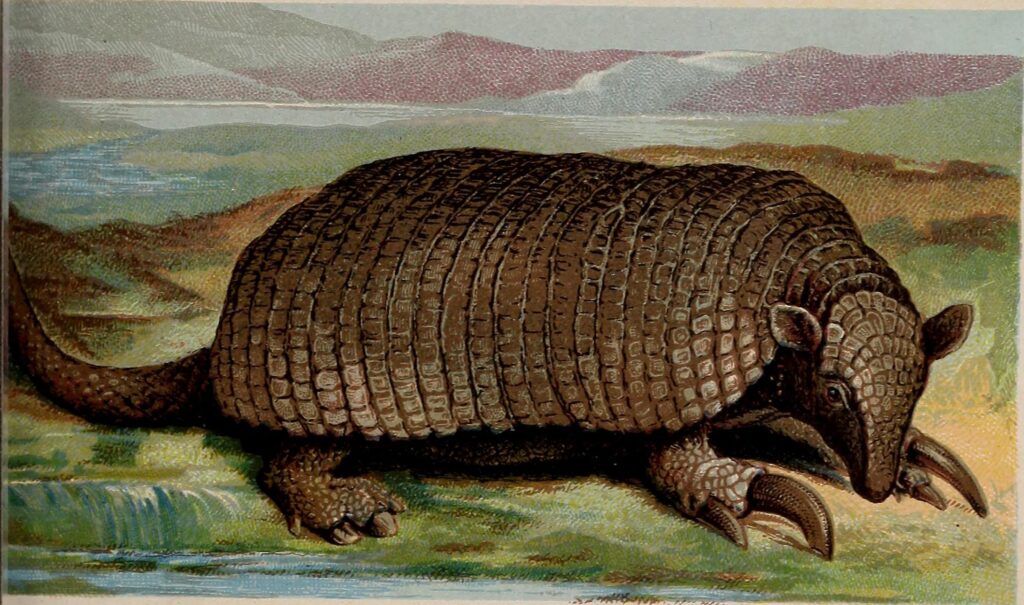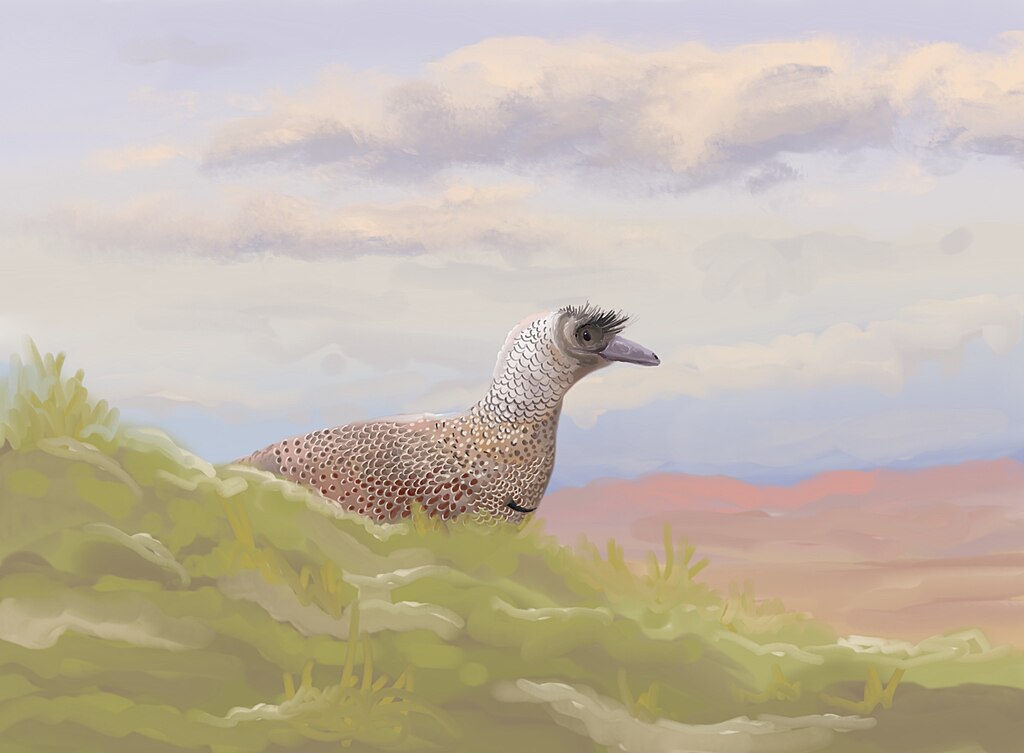Approximately 66 million years ago, a catastrophic asteroid impact in the Yucatán Peninsula triggered the Cretaceous-Paleogene extinction event, wiping out approximately 75% of all species on Earth, including the non-avian dinosaurs that had dominated terrestrial ecosystems for over 160 million years. This cataclysmic event dramatically altered Earth’s evolutionary trajectory, creating ecological vacancies that mammals eventually filled. But what if that asteroid had missed Earth entirely or had a significantly different impact? What evolutionary paths might dinosaurs have taken if they had survived and continued to evolve over the subsequent 66 million years? This fascinating counterfactual scenario offers a unique lens through which to explore evolutionary processes, adaptive radiation, and the contingent nature of life’s history on our planet.
The Surviving Lineages
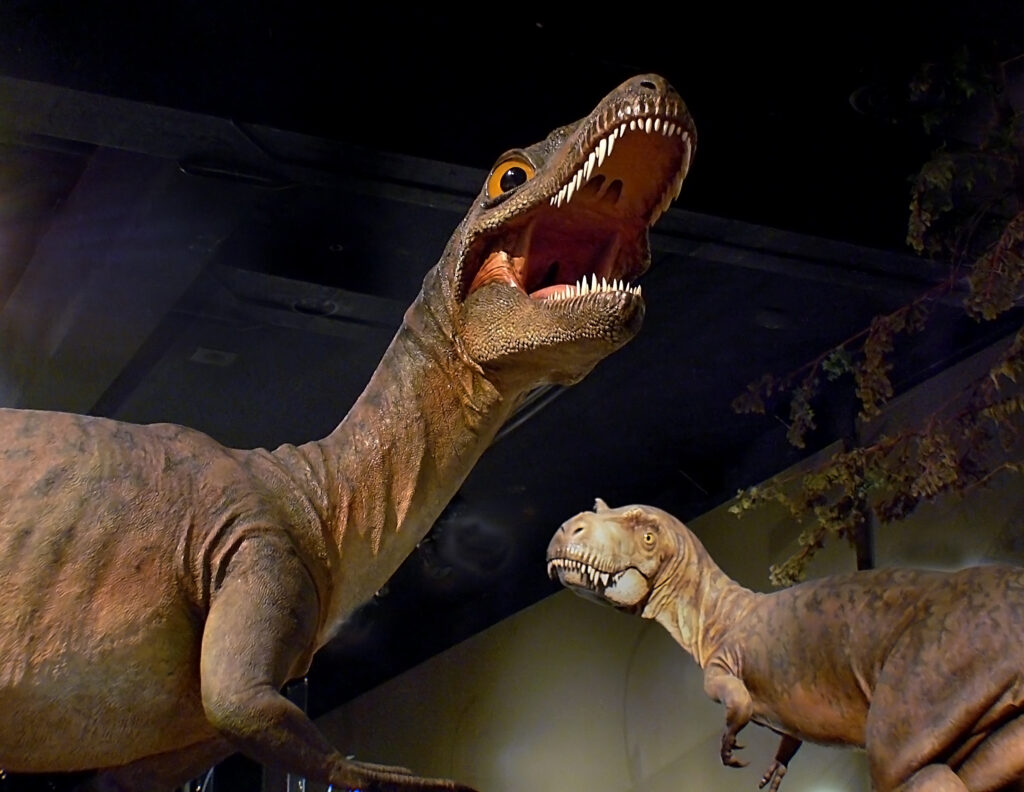
In our alternative timeline, several dinosaur lineages would have persisted beyond the Cretaceous period. The remarkable diversity of late Cretaceous dinosaurs, including tyrannosaurs, hadrosaurs, ceratopsians, ankylosaurs, and various theropods, would have continued evolving in response to changing environments and competitive pressures. It’s important to note that some dinosaurs did survive the extinction event in our actual timeline – the avian dinosaurs, which evolved into modern birds. In this counterfactual scenario, both avian and non-avian dinosaurs would have continued their evolutionary journey side by side, likely with complex ecological relationships between them. The smaller, more adaptable species might have initially fared better during any environmental stresses, while larger species would have needed to evolve strategies to cope with changing conditions.
Environmental Changes and Adaptive Responses

Even without the asteroid impact, dinosaurs would have faced significant environmental changes over the past 66 million years. The cooling climate of the late Cretaceous would have continued, eventually giving way to the dramatic climate fluctuations of the Cenozoic era, including multiple ice ages. These changes would have driven substantial evolutionary adaptations among dinosaur lineages. We might have seen the development of more efficient thermoregulation, including potentially enhanced insulation in the form of denser feathering or proto-fur in some lineages. Behavioral adaptations like migration or hibernation might have evolved in response to seasonal changes. Additionally, as forests gave way to more open grasslands during the Miocene epoch (approximately 23-5 million years ago), we would likely have seen adaptations for grazing among herbivorous dinosaurs, similar to what occurred in mammalian lineages.
The Question of Intelligence

One of the most intriguing aspects of continued dinosaur evolution concerns cognitive development. Some theropod dinosaurs, particularly the dromaeosaurids (raptor family), already displayed relatively large brain-to-body ratios compared to other dinosaurs of their time. Had they continued evolving, selective pressures might have favored increased intelligence in some lineages, particularly among predatory species where problem-solving and social coordination could confer hunting advantages. The evolutionary arms race between predator and prey often drives cognitive development in both groups. While it’s speculative to suggest dinosaurs would have evolved human-like intelligence, it’s reasonable to imagine that some lineages might have developed cognitive abilities comparable to those of modern corvids (ravens and crows) or perhaps even primates. Social learning, tool use, and complex communication systems might have emerged in the most advanced dinosaur species.
Potential for Upright, Bipedal Species
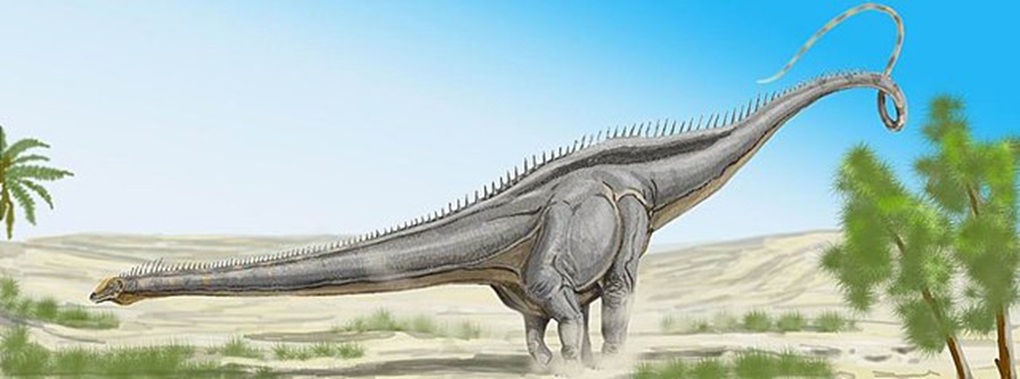
Several dinosaur lineages already exhibited bipedal locomotion, with highly developed hindlimbs and reduced forelimbs. Particularly intriguing are the maniraptoran theropods, which include modern birds and their closest non-avian relatives. Some of these species possessed grasping hands with opposable digits, a crucial prerequisite for manipulating objects. Given tens of millions of years of continued evolution, it’s conceivable that certain theropod lineages might have developed even more sophisticated manipulative capabilities. While purely speculative, this could potentially have led to tool-using species with increasingly dexterous forelimbs. The combination of bipedalism, manual dexterity, and enhanced intelligence represents a powerful package of traits that could have enabled complex behaviors and potentially even primitive technology in hypothetical advanced dinosaur species.
Marine Adaptations

Throughout dinosaur history, these predominantly terrestrial animals never fully colonized marine environments in the way that mammals later did with whales and dolphins. However, given another 66 million years of evolution, some dinosaur lineages might have adapted to exploiting marine resources more extensively. We might have seen specialized fish-eating theropods evolving more aquatic adaptations, perhaps eventually leading to fully marine species. These adaptations could have included streamlined bodies, paddle-like limbs, and specialized feeding adaptations. The ecological niches later filled by marine mammals in our timeline might instead have been occupied by marine dinosaurs in this counterfactual scenario. Some paleontologists have suggested that certain theropods already showed signs of semi-aquatic adaptations, providing potential evolutionary starting points for more fully aquatic descendants.
Flight Beyond Birds
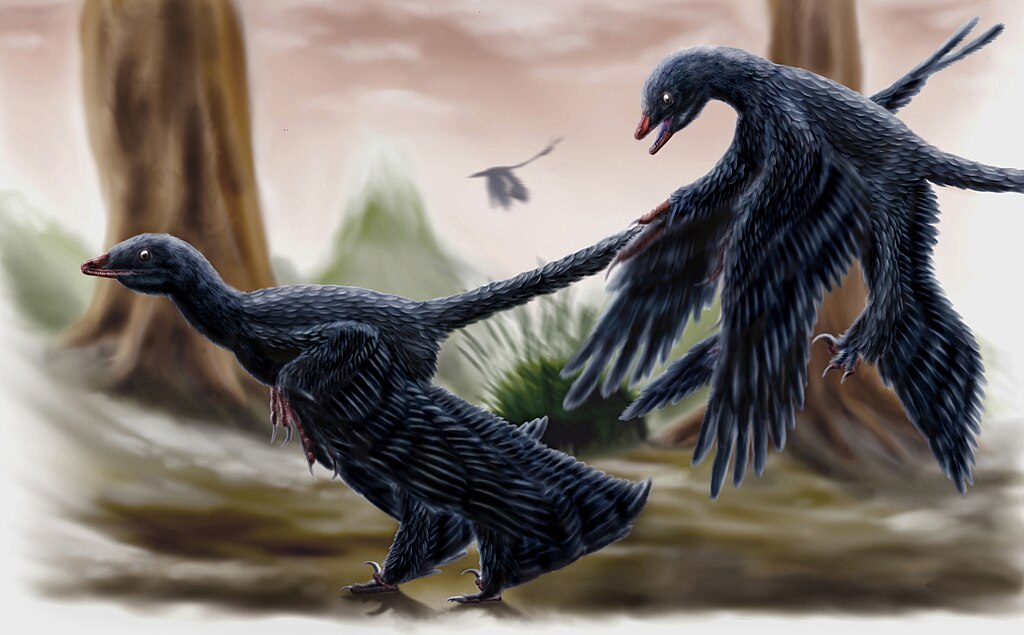
While birds represent the only dinosaur lineage that mastered powered flight, other dinosaur groups had already evolved gliding or partial flight capabilities by the late Cretaceous. Given continued evolution, we might have seen multiple independent evolutions of flight or gliding abilities across different dinosaur lineages. The aerial ecosystem might have become extraordinarily diverse, with different dinosaur groups exploiting various flight niches. Some might have developed soaring capabilities for long-distance travel, while others might have specialized in high-speed pursuit or hovering flight. The diversity of flight styles and adaptations could potentially have exceeded what we see in modern birds, perhaps with some truly massive flying dinosaurs evolving for certain ecological niches. The competition between different flying dinosaur groups would likely have driven rapid adaptive radiation and specialization.
Size Trends and Ecological Constraints
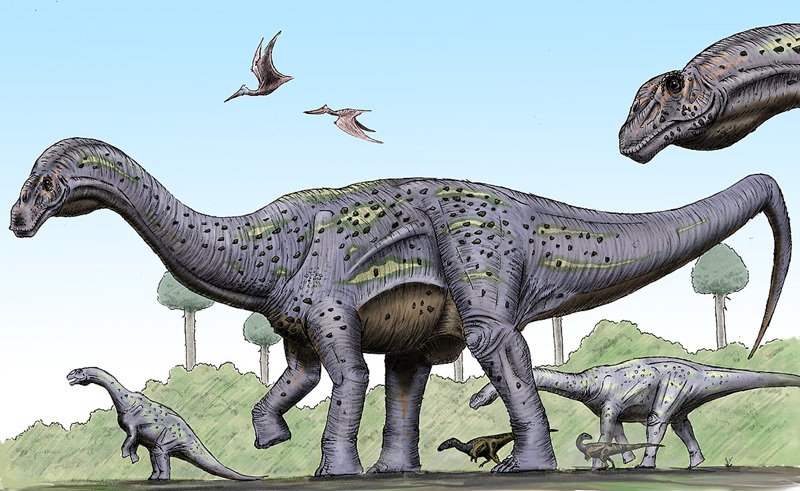
The question of whether dinosaurs would have continued trending toward gigantism or moved toward smaller body sizes remains fascinating to contemplate. Environmental factors, including oxygen levels, climate, and food availability, would have influenced these trends. The cooling climate might have favored smaller body sizes in many lineages due to metabolic constraints, particularly in temperate and polar regions. However, in tropical regions, some dinosaur lineages might have maintained or even increased their size. We would likely have seen tremendous diversity, with some lineages becoming smaller and more specialized while others maintained larger sizes for specific ecological advantages. The diversity of body plans would probably have expanded beyond what we know from the fossil record, with novel morphologies emerging to exploit new ecological niches as they appeared over millions of years of environmental change.
Competition with Mammals
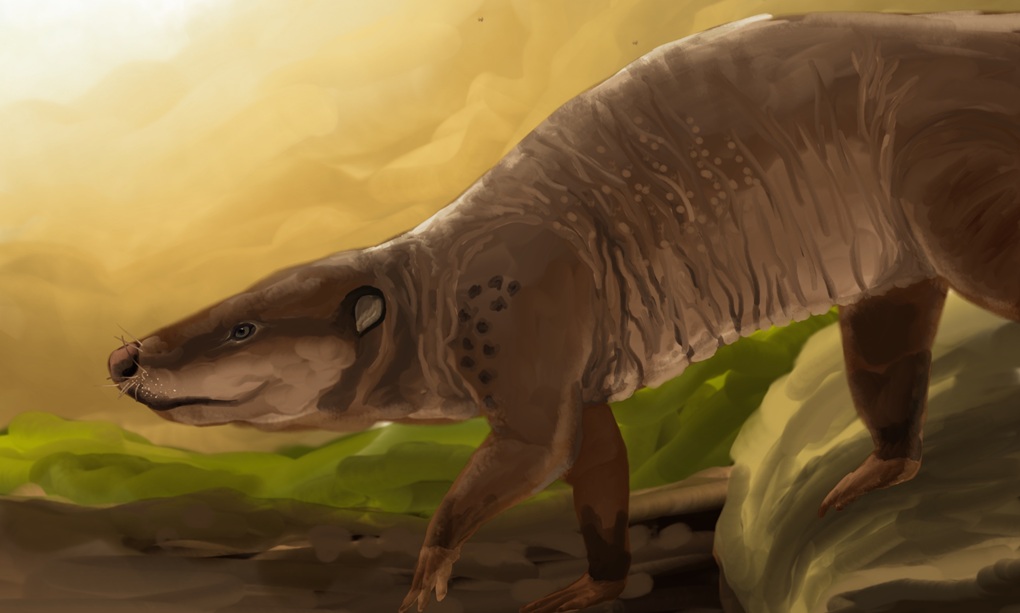
In this alternative timeline, mammals would still have existed but might have remained predominantly small and nocturnal, unable to expand into the ecological niches dominated by dinosaurs. The relationship between dinosaurs and mammals would have been complex and dynamic, with mammals potentially specializing in roles that dinosaurs couldn’t fill effectively. Some cooperation might have developed, with certain mammals forming commensal or mutualistic relationships with dinosaurs, similar to the relationships between large mammals and birds in our timeline. Mammals might have evolved to exploit dinosaur habitats, perhaps feeding on parasites that affected dinosaurs or scavenging from dinosaur kills. The evolutionary trajectory of mammals would have been dramatically different, with many of the familiar mammalian groups of our timeline never evolving due to continued dinosaur dominance.
Dinosaur Social Structures and Behaviors

Evidence suggests many dinosaur species already exhibited complex social behaviors, including pack hunting, herding, and parental care. With continued evolution, these social structures might have become increasingly sophisticated. We might have seen the development of multi-generational family groups, complex hierarchies, and elaborate communication systems. Cooperative behaviors might have extended beyond immediate survival needs to include teaching, shared resource management, and possibly even rudimentary culture in the most socially advanced species. The most intelligent dinosaur lineages might have developed traditions passed down through generations, similar to what we observe in elephants, cetaceans, and great apes today. These social adaptations could have provided significant advantages in resource exploitation and predator defense, potentially driving further cognitive evolution.
Specialized Dietary Adaptations

The rise of flowering plants (angiosperms) was already transforming ecosystems in the late Cretaceous, and this botanical revolution would have continued influencing dinosaur evolution. Herbivorous dinosaurs would likely have developed increasingly specialized adaptations for processing different plant materials, from tough grasses to fruits and nuts. We might have seen the evolution of more sophisticated grinding dentition, specialized digestive systems, and co-evolutionary relationships with specific plant groups. Some dinosaur lineages might have developed highly specialized feeding apparatus for extracting specific nutrients, similar to the specialized beaks seen in modern birds. Carnivorous dinosaurs would likewise have evolved in response to changing prey characteristics, potentially developing more specialized hunting strategies and anatomical adaptations for capturing specific prey types.
The Impact of Geological Changes

Over the past 66 million years, Earth has experienced dramatic geological changes, including continental drift, mountain formation, and the opening and closing of seaways. These changes would have profoundly influenced dinosaur evolution by creating geographic barriers that isolated populations, leading to allopatric speciation and increased biodiversity. As continents separated, distinct dinosaur faunas would have evolved on different landmasses, similar to how Australia developed its unique marsupial fauna in isolation. When land bridges occasionally formed between previously separated regions, dramatic competition between previously isolated dinosaur lineages would have occurred. These geological processes would have created a complex evolutionary tapestry, with dinosaur lineages adapting to new conditions, competing with novel rivals, and potentially going extinct when unable to adapt to changing circumstances or competition from other dinosaur groups.
Potential for Sentience and Civilization

Perhaps the most speculative aspect of this counterfactual scenario involves whether any dinosaur lineage could have evolved true sentience and developed civilization. While highly conjectural, if certain theropod lineages continued developing larger brains, manual dexterity, and complex social structures, the basic prerequisites for technological development might eventually have emerged. Such a dinosaurian civilization would likely have been fundamentally different from human civilization, shaped by different sensory capacities, physical needs, and evolutionary history. Their technology might have emphasized different materials and approaches based on their physical capabilities and environmental conditions. Their social structures and communication systems would reflect their evolutionary heritage rather than mammalian models. While this represents the most speculative aspect of our alternative timeline, it highlights how contingent the specific path of intelligence evolution on Earth has been.
Implications for Understanding Evolution

This counterfactual scenario offers valuable insights into evolutionary processes even though it remains hypothetical. It highlights the contingent nature of evolutionary history, where chance events like asteroid impacts can dramatically redirect life’s journey on a planet. It underscores that evolution doesn’t follow a predetermined path toward specific outcomes but rather responds to selective pressures within existing constraints. The question of whether certain traits like intelligence, tool use, or social complexity represent convergent adaptations that would likely evolve independently in any sufficiently complex lineage remains open and fascinating. By imagining dinosaur evolution continuing uninterrupted, we gain perspective on which aspects of our current biosphere might represent evolutionary inevitabilities versus historical accidents. This thought experiment reminds us that the familiar world of mammals, including ourselves, exists only because of a cosmic coincidence that removed the dominant vertebrates of the Mesozoic era.
Conclusion: A Different World
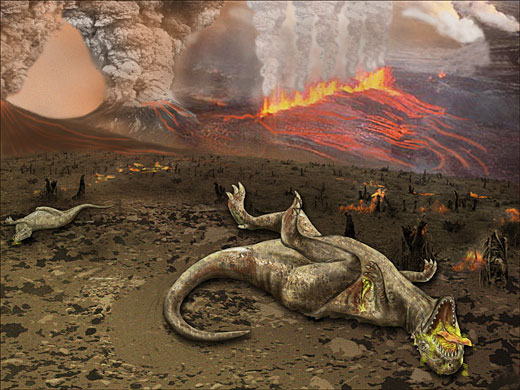
Had dinosaurs continued evolving after the Cretaceous period, Earth today would be unrecognizably different. The dominant megafauna would be the descendants of various dinosaur lineages rather than mammals, with levels of diversity and specialization we can only imagine. While birds represent the only surviving dinosaur lineage in our timeline, in this alternative world, they would be merely one branch of an immensely diverse dinosaurian tree of life. Some dinosaur groups might have evolved remarkable cognitive abilities, complex social structures, and perhaps even rudimentary technology. Others might have adapted to aquatic lifestyles or developed novel modes of flight beyond what birds achieved. While we can never know exactly how dinosaur evolution would have proceeded, this thought experiment highlights the profound impact of extinction events on evolutionary trajectories and reminds us how contingent the familiar biological world around us truly is. The asteroids that reshape planetary surfaces can also reshape the path of life’s evolution in ways that reverberate across geological timescales.


